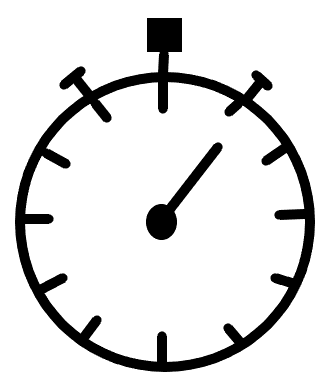
Mastering the Art of Timing in a Multi-Course Dinner
Hosting a multi-course dinner isn’t just about cooking—it’s about timing. Professional chefs make it look effortless, seamlessly orchestrating each course to deliver a flawless dining experience.
Why Timing Matters
We’ve all endured the frustration of long gaps between courses at a restaurant or, conversely, the chaos of every dish arriving at once. Both scenarios can ruin a meal just as surely as undercooked chicken can send you to the ER.
Pulling off a successful dinner requires three key elements: knowledge, experience, and planning. Each additional course and guest increases the complexity—not linearly, but exponentially, much like the difference between babysitting one grandchild versus two. So, how do you master this balancing act? Let’s break it down.
Knowledge: Understanding Your Capabilities
You don’t need the encyclopedic mind of Jeopardy! champion Ken Jennings or the culinary prowess of Auguste Escoffier. What you do need is an honest assessment of your skills. Not everyone can whip up a perfect hollandaise or risotto, and that’s okay. The key is knowing your strengths and choosing dishes you can execute with confidence.
Beyond that, understanding the full timeline of a dish—prep, cook, rest, and plating—is critical. The better you know your recipes, the more control you’ll have over timing.
Experience: Repetition Builds Confidence
Practice is the only way to guarantee success. Professional chefs don’t wake up, dream up a dish, and serve it that night. They test, tweak, and refine. The same principle applies at home. Cooking a dish multiple times before the big night ensures you know exactly how long it takes and how to recover if things go sideways.
Planning: The Key to a Stress-Free Dinner
With knowledge and practice in place, all that remains is planning—the unsung hero of a successful multi-course meal. The best part? Anyone can do it. It’s about organization, not talent.
Step 1: Set the Date & Time
Your timeline dictates when to source ingredients, prep, and cook. Work backward from your dinner date to schedule each step.
Step 2: Curate the Perfect Menu
Your menu is the foundation of success. Consider these factors:
-
Ingredient availability: Will you need to special-order anything?
-
Preparation difficulty: Can any steps be done in advance?
-
Course sequencing: Balance labor-intensive dishes with simpler ones to avoid kitchen bottlenecks.
-
New recipes: Always test before serving to guests.
The more you can do beforehand, the smoother the evening will be—because the goal isn’t just a great meal, it’s a great experience.
“Strategery”: Setting Yourself Up for Success
As former President Bush humorously put it, “strategery” is key. Celebrity chef David Chang warns that home cooks often fail at one critical step: mise en place. Avoid that pitfall by prepping everything before turning on the stove.
Time-saving strategies:
-
Make soups, sauces, ice creams, and dips a day (or more) in advance
-
Alternate courses that need “live” cooking with those prepared ahead of time
-
Pre-chop ingredients, store them in airtight containers
-
Measure and mix spices ahead of time
-
Prepare desserts early—most cakes, pies, and tarts can be stored until serving
-
Pre-batch cocktails and aperitifs for easy serving
-
Rope a guest into helping—it keeps them entertained and lightens your load!
Game Time: Delivering a Flawless Experience
The moment of truth: guests at the table, plates hitting the table in perfect rhythm. Whether they consciously realize it or not, they’re scoring your meal—each course an opportunity to impress. With solid planning and execution, you’ll be serving up a perfect 10 every time.
You can read about my seven course French Dinner and how it happened HERE.
